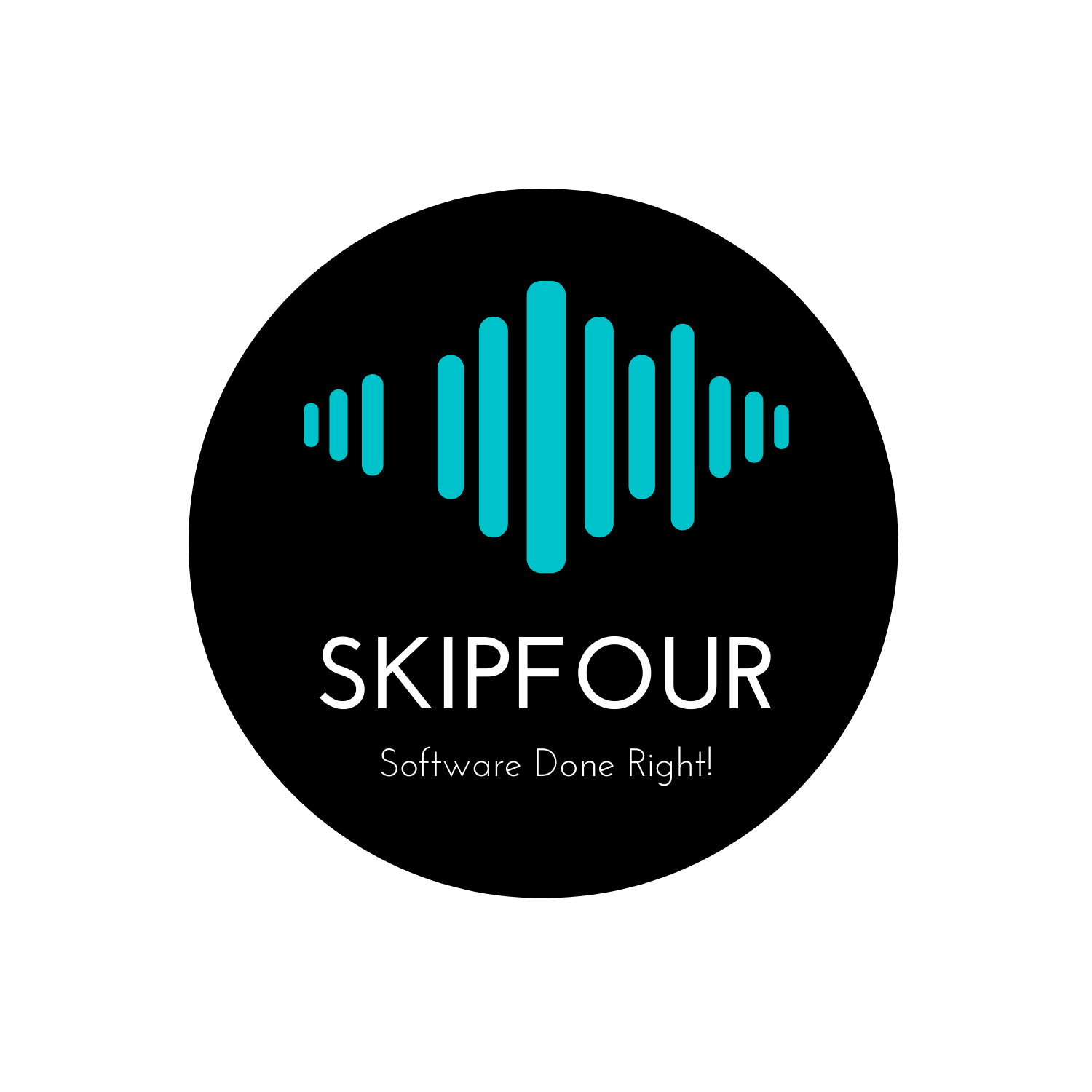Industrial Operator Training and Guidance with AR
Augmented reality (AR) and virtual reality (VR) are high-profile new tools in workforce training and development. By blending the physical and digital worlds, AR, VR, and mixed reality help personnel train and work smarter, safer, and more productively.
Practical applications
Camfil, a manufacturer of air filtration and clean air products, invited Mersus Technologies to develop The Camfil Experience, an immersive VR environment for technical training featuring a digital twin of Camfil’s products. Through Oculus Go VR headsets, building services and maintenance engineers can experience and learn how to specify, install, maintain, and change air filters for optimum safety and efficiency.
“We consider this to be a journey,” says Mark Simmons, president and CEO of Camfil. “We want to take their hand and really guide them through the process of the delivery of the product, installation of the product, lifetime of the product, and also the end of life of the product when they have to change it out.”
For lift-truck provider The Raymond Corp , a VR learning tool is facilitating trainee and trainer experiences. The Raymond Virtual Reality Simulator allows lift-truck operators to learn in a virtual environment under the guidance of a certified instructor while using an actual truck and controls by plugging into Raymond’s patent-pending sPort, or Simulation Port, says Stacey Patch, a business manager at The Raymond Corp.
The Virtual Reality Simulator’s graphics create a real-world representation of a warehouse environment, simulating different scenarios to help prepare operators for the unexpected and work through these situations in a controlled setting. Operators are taken through a series of standardized lesson modules offered on numerous Raymond truck models, with only one simulation kit required, adds Patch. This also makes it easier for instructors to monitor multiple operators at once and give immediate feedback, she says.
Educator enhancements
Maintenance and reliability education provider Eruditio developed Augmented Reliability AR to improve its inspired Blended Learning (iBL) and face-to-face training. Augmented Reliability AR provides a new way to convey content in the classroom that the students will then take back to their facilities and share with others, says Shon Isenhour, partner at Eruditio.
“Seldom does training material have this level of stickiness,” offers Isenhour. “Augmented Reliability provides a way for students to see machinery and its dynamics in a safe way almost anywhere.” During Eruditio’s iBL Kickoff workshops, both AR and VR are used to help create experiences that will drive students to remember learning objectives and take them back to their site for application and production of results.
Online education provider Vector Solutions has developed a prototype AR app that allows users to practice starting up a centrifugal pump in the safety of a classroom (or even their living room). The prototype app is meant to help gauge customers’ AR/VR appetite and understand the development process.
“We built the app for those industrial facilities that wanted a safe place to practice the process without needing to go out on the plant floor,” explains Michael Schreiner, vice president of content for Vector Solutions. “Our customers tell us it is far more desirable to make a mistake in an augmented environment as opposed to a real environment that could be unsafe or costly when making mistakes in the centrifugal pump startup process.”
Technology providers
Artificial intelligence-based Epicor Virtual Agent (EVA) is an app that augments human efforts by sifting through data faster and providing decision support. “AI-based virtual agents can help augment workforce skills by detecting unusual trends and proactively advising workers on the next best action, delivering targeted information and guided actions based on a combination of operational events, market statistics, and historical data,” says Elizabeth Cain, a senior manager at Epicor.
Skipfour, a San Francisco based company specializes in creating custom training and guidance solutions for industries across the board. “We are seeing a surge in companies wanting to move their industrial training and troubleshooting to augmented reality. It gives the operators and technicians working the field make less mistakes and solve problems faster, reducing operational costs significantly”, says Atique Khan, the CEO at Skipfour.
The newer generations of the workforce already understand how conversational UI of virtual assistants work, having used similar apps on their mobile devices, adds Cain. Virtual agents are a naturally easy and accessible way to communicate intelligence from system to human.
CORYS offers 3D immersive VR training solutions as well as dynamic simulation tools for training and engineering. Its immersive training uses proprietary CORYS VR technology with a Virtual Environment for Safety Systems Applications (VESSA) simulation software platform. The PWR Nuclear Training Tools Suite uses dynamic simulation to educate users about normal operations, abnormal procedures, accident handling, systems, regulations, and instrument and control design.
“3D immersive VR simulators and the PWR suite have different training objectives,” explains Camille Bonnard, training manager at CORYS. “For VR immersive tools, the aim (is) to focus on movements and the environment for trainees to discover their workspace or understand how technical gestures can be done properly and safely. The PWR suite was designed for trainees to easily get a grasp on physical phenomena…to focus on the physics, not the motion.”
The AR-based Worksense application suite and smartglasses from DAQRIintegrate digital and holographic data into the physical environment. Users of the combined solution can show asset problems to others, collaborate on a diagnosis, tag the asset with digital notes, view step-by-step work instructions and related guidance, and scan the equipment or environment as is to create a 3D digital model, then use the model on the factory floor for as-is and as-built reference.
